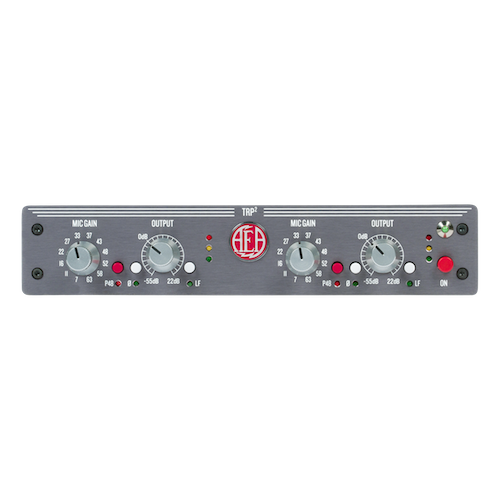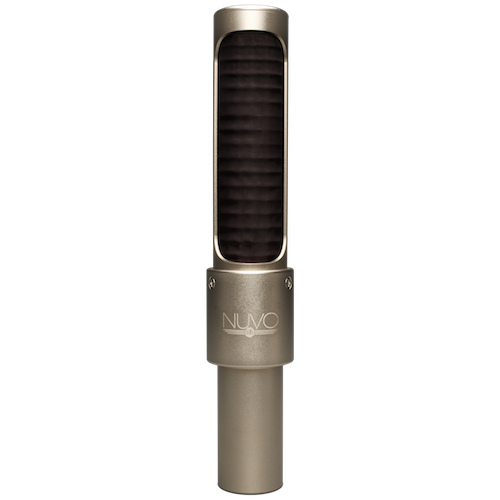The pronounced mid-range and balanced low-end of the near-field R92 make it an exceptional mic for recording electric guitar. The two sides of the R92 produce tonalities distinct from one another and provide your project with various tonal options; a bright front-side for high-end detail and a darker rear-side that rolls off high frequencies.
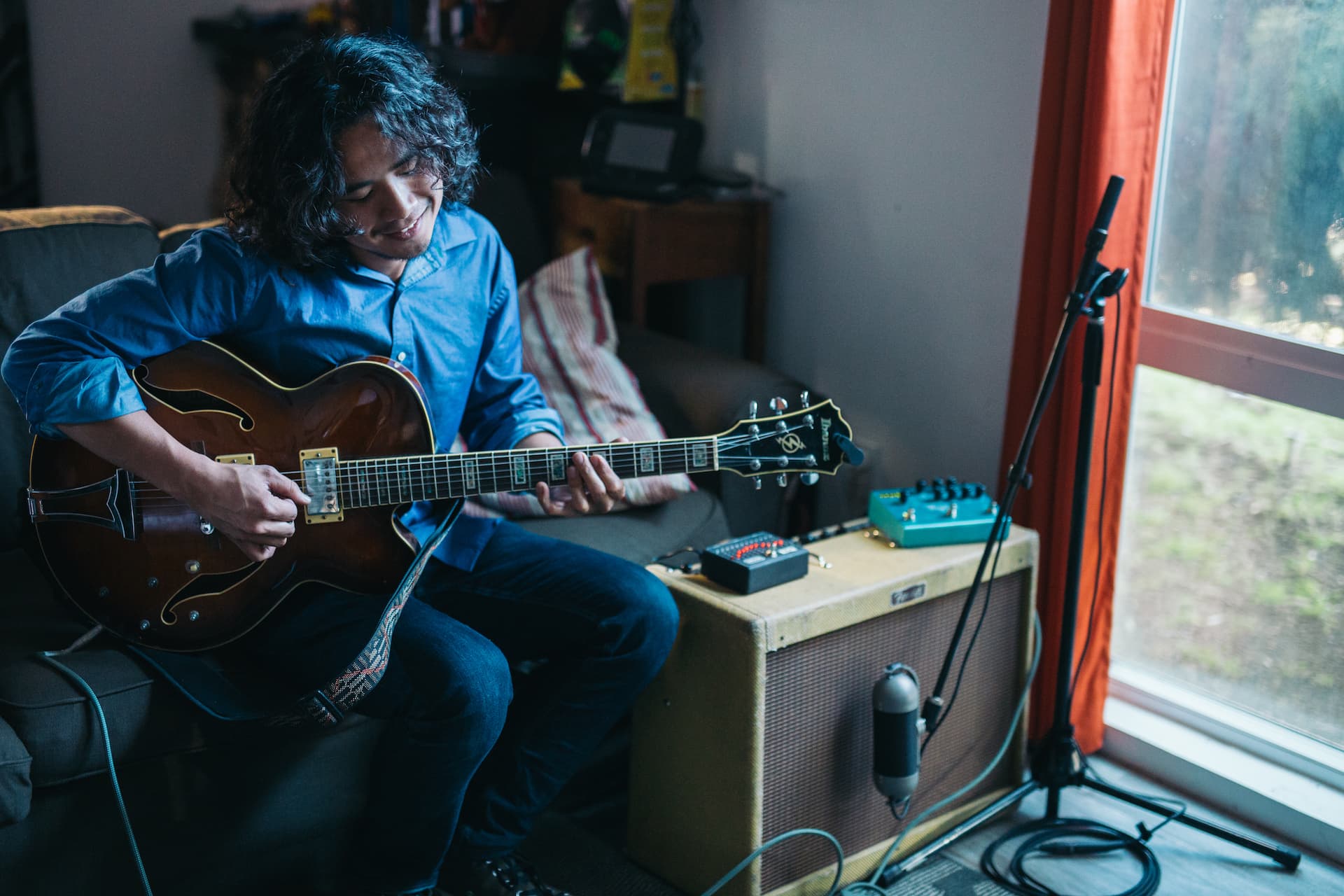
Close Miking
The optimal response range of the near-field R92 is between 4 and 16 inches from the source, and its proximity effect impacts sources strongly within 6 inches. The near-field functionality of the R92 imparts AEA’s classic Big Ribbon sound in close-range recording applications.
Try positioning the R92 4 to 16 inches away from the center of the amp speaker. Within that range, move the R92 closer for accentuated bass, or pull it away from the speaker to lessen that effect and gain more room tone.
Front Side
The brighter front-side of the R92 is perfect for achieving detail in high-frequencies with hulking mid-range response in a close-range recording setting.
Listen to the front side of the R92 on blues electric guitar
Listen to the front side of the R92 on jazz electric guitar
Back Side
The rear-side of the R92 is its ‘dark side’, where high-frequencies are mechanically rolled off, delivering accentuated mid-range and balanced low end. Make sure to flip the polarity when using the back side of the R92 to ensure that it is in phase with the rest of your tracks.
Listen to the back side of the R92 on blues electric guitar
Listen to the back side of the R92 on blues electric guitar
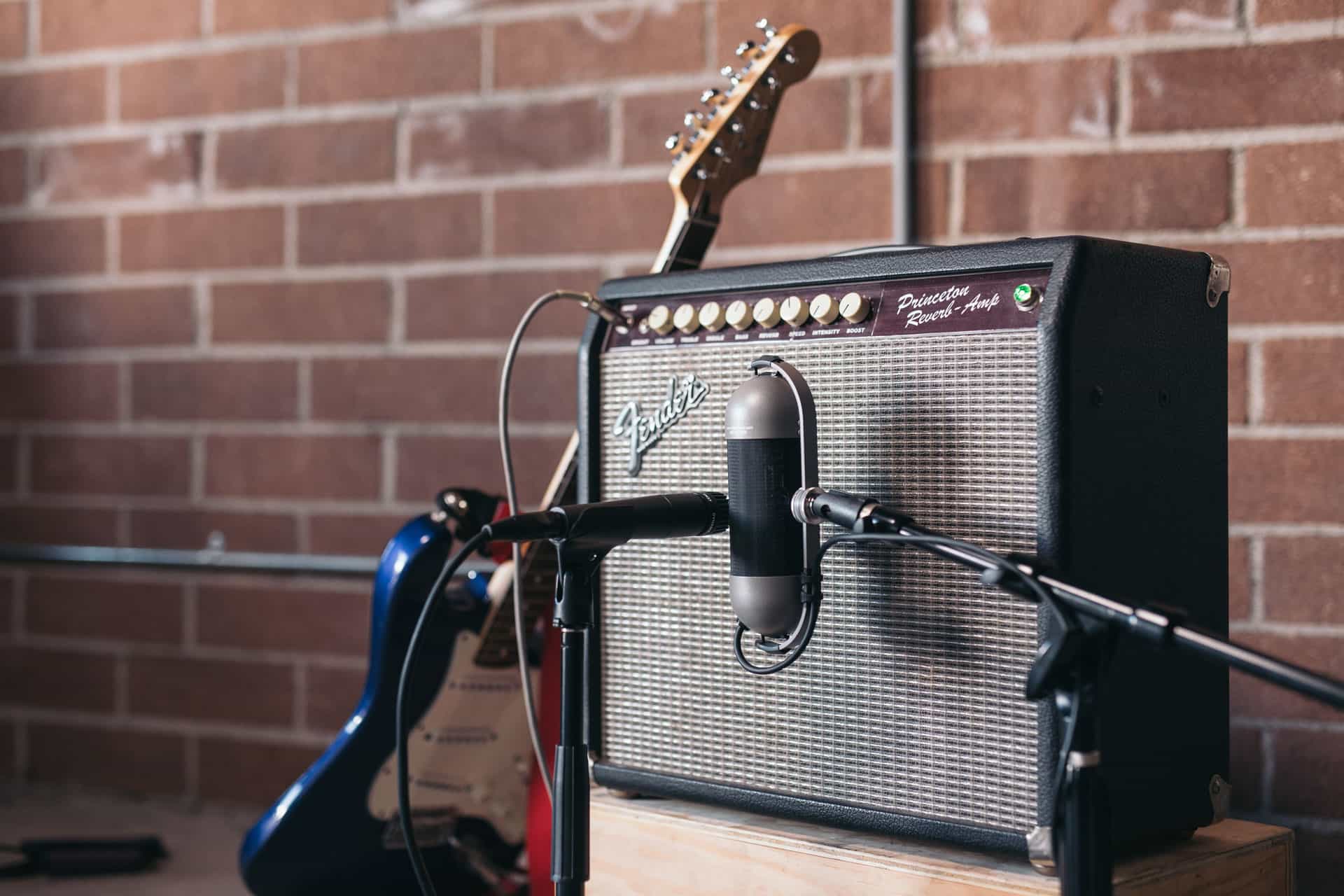
Blending With a Dynamic
A common practice when recording electric guitar with an R92 is to blend its signal with that of a dynamic mic to add high-end bite to a mix. Position the dynamic mic directly adjacent to the R92 and ensure that the two mics are in phase. This combination delivers a remarkable reproduction of your electric guitar sound.
Some engineers choose to treat both mics as one by panning them together. Others opt for hard panning both mics to their own ends of the mix, a method that adds dimension and depth to an electric guitar tone.
Listen to the front side of the R92 blended with an SM57
Listen to the front side of the R92 blended with an SM57 hard panned left and right
Sample delaying one of the two microphones by roughly 20 to 50 milliseconds gives the impression of a larger room, achieving greater depth in a mix. Remember to ensure that the sample delay is short enough to avoid phase issues.
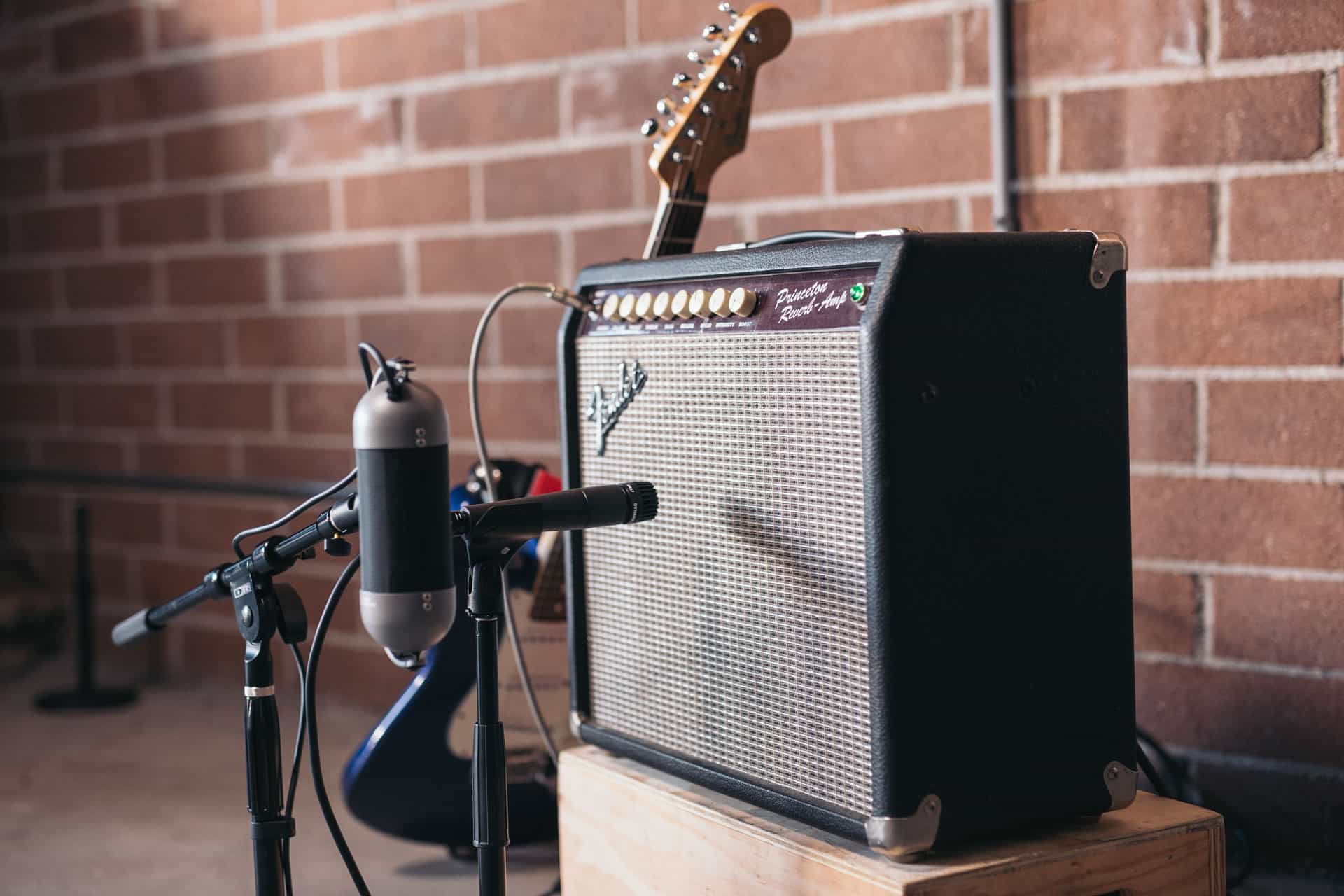
Two Mics Staggered
Yet another technique for blending the R92 and a dynamic microphone involves positioning the dynamic 2 inches from the speaker’s center and the R92 roughly a foot behind it. The dynamic microphone acts as a focus mic while the R92 serves to capture the room and natural reverb. With this mic setup, you can use the same techniques as above to create a whole palette of sonic styles. Try sample delaying the R92 in this position to create a nice and natural larger sound.

